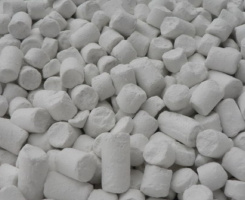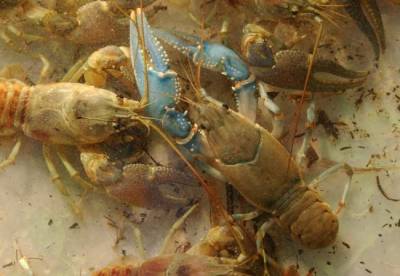Phenomenon of soil ingestion, or geophagy, attracts
an attention of numerous researchers for years (Woywodt & Kiss, 2002). Geophagy is not exhibited everywhere, but it is widespread in many
animals and human (for review, see Mahaney & Krishnamani, 2003; Limpitlaw,
2010).
Johns & Duquette (1991) suggest that the physiological
significance of geophagy made it important in the evolution of human dietary
behaviour.
More than 50
species of animals have been reported to ingest various types of clays, salt
and other Earth materials, in particular at sites named "licks”. In general, this
form of dietary behaviour allows an animal to provide its organism with the
needed nutrients, solve gastrointestinal and intoxication problems, suppress some maladies and improve general vital
indexes (Limpitlaw, 2010).
In
particular, parrots are ones of the most studied soil-eaters (e.g., Gilardi et
al., 1999; Brightsmith, 2004; Brightsmith et al., 2004, 2008).

Members of
our group have started the first experiments with clay-eating in fishing in the
end of 1980s, after lucky detectiing an open deposit of high quality white clay on an abrupt bank of
the Dnipro river (localities in Ukraine).
First of all, this clay was used to prepare fishing groundbaits (with an
excellent attractive effect). In the subsequent years, four basic ways to
use clay-eating in fishing (see below) were elaborated. Taking into account the current hazardous ecological situation in the most part of water bodies, we
have decided to enter such technological products as the Dietary Clay Pellets & Dietary Clay Boilies into mass production.
In total, the
following basic clayey products (of the white, green, yellow, orange and red
colors) are elaborated:
1. Paste,
or Plasticine
2. Polenta
3. Dietary
Clay & Rice Pellets
4. Dietary
Clay & Rice Boilies

In the latter
two cases, the white processed rice (up to about 30 weight percent) has been
used in the capacity of an extender and binder. This rice is lighter than the
common rice meal and flakes. It quickly dissolves in the water. Yet, it is
quickly digested in the intestines of fish. Recall also, rice products (without
salt, sugar and spices) are widely and effectively used in the human diets.
To test
dietary pellets and boilies, one week pre-ba
...
Read more »






